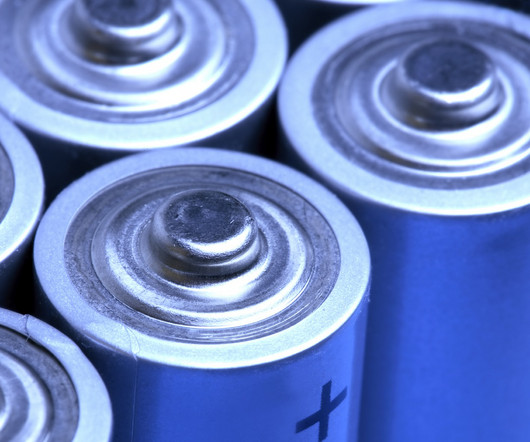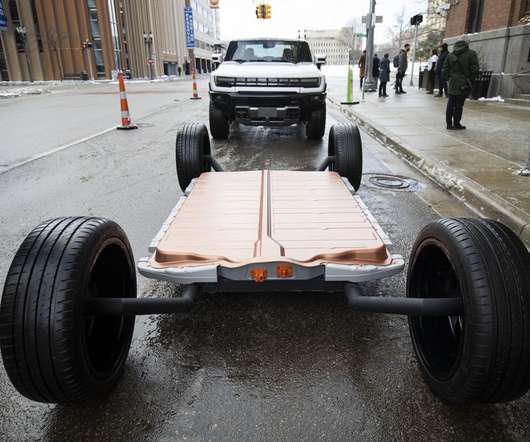New Sodium-Ion Battery Could Charge An Electric Vehicle In Seconds, Not Minutes
CleanTechnica EVs
MAY 3, 2024
The post New Sodium-Ion Battery Could Charge An Electric Vehicle In Seconds, Not Minutes appeared first on CleanTechnica. The electric vehicle revolution has barely gotten under way, and already the goalposts for EV charging times are moving on to the next phase.



















Let's personalize your content